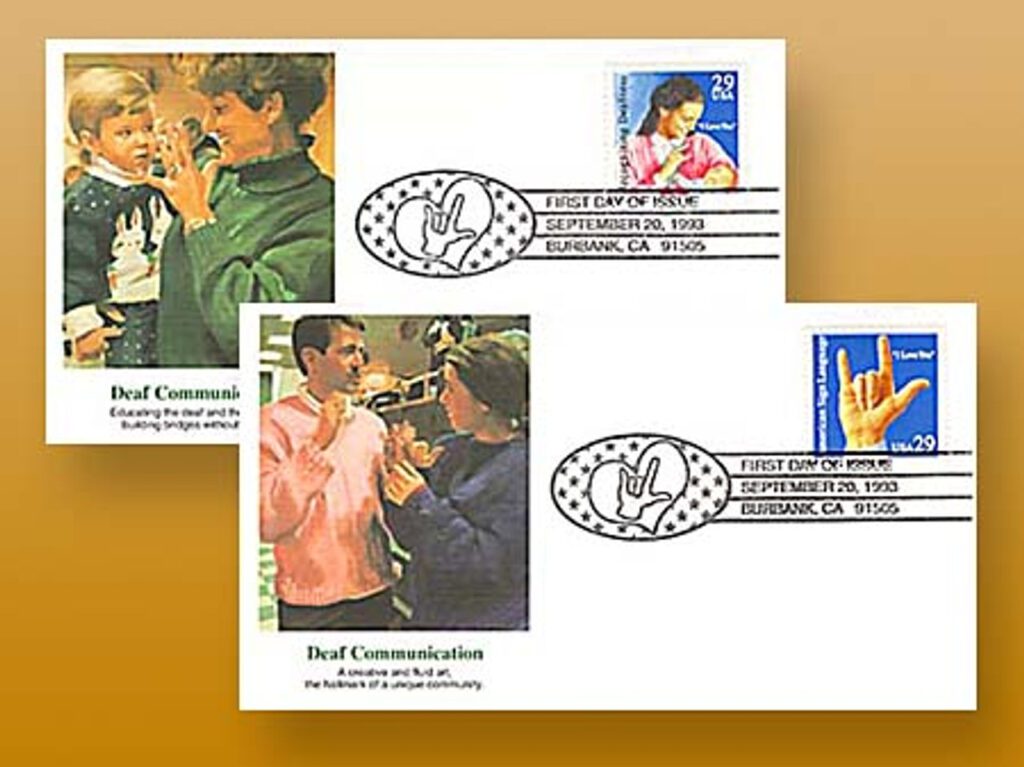
Pioneering American educator, Thomas Hopkins Gallaudet, died on September 10, 1851, in Hartford, Connecticut. Best known for his groundbreaking work in the education of the deaf, his efforts in the early 19th century helped bring language, communication, and opportunity to people who had long been excluded from mainstream society. Gallaudet’s vision, determination, and compassion led to the founding of the first permanent school for the deaf in the United States and laid the foundation for modern deaf education.
Thomas Hopkins Gallaudet was born on December 10, 1787, in Philadelphia, Pennsylvania. He grew up in a large family and was the oldest of twelve children. When he was young, his family moved to Hartford, Connecticut, where he spent most of his childhood. Gallaudet was a bright student, curious and thoughtful. He entered Yale College at just 14, making him one of the youngest students in his class. He then graduated at the top of his class in 1805.
Although his family hoped he would study law, Gallaudet felt called to other pursuits. After trying his hand at several fields, he decided to enter the ministry. He attended Andover Theological Seminary in Massachusetts and prepared to become a Congregational minister. However, his life would soon take a different direction.
In 1814, while visiting his family in Hartford, Gallaudet met Dr. Mason Fitch Cogswell and his young daughter, Alice. Alice was deaf due to an illness she had suffered when she was very young. Despite her intelligence, Alice struggled to communicate with others because there was no formal education for deaf children in America at that time. Dr. Cogswell wanted to find a way for Alice to learn, and when he met Gallaudet, he asked if he would be willing to help.
Gallaudet was deeply moved by Alice’s situation. He began teaching her simple words by writing in the dirt and using signs. Seeing her excitement to learn inspired him. He realized that deaf children deserved the chance to receive a full education, just like hearing children. With the encouragement of Dr. Cogswell and others in the community, Gallaudet agreed to travel to Europe to study methods of deaf education.
In 1815, Gallaudet sailed to England to learn from schools for the deaf there. However, he faced challenges. The British schools used a method that relied heavily on lip reading and speech, and their educators were unwilling to share their teaching methods with him. Disappointed, Gallaudet traveled to France, where he found a more welcoming approach.
In Paris, he met Abbé Roch-Ambroise Sicard, the director of the National Institute for Deaf-Mutes. Sicard, along with two of his star pupils, Laurent Clerc and Jean Massieu, introduced Gallaudet to French Sign Language and the teaching methods they used. Gallaudet was impressed with how well their students could learn and communicate through sign language. He persuaded Laurent Clerc to return with him to America to help establish a school for the deaf.

In 1817, Gallaudet and Clerc opened the American School for the Deaf in Hartford, Connecticut. It was the first permanent school for deaf children in the United States. Alice Cogswell was one of its first seven students. The school used a system of teaching based on French Sign Language, which later evolved into American Sign Language (ASL).
The school quickly gained recognition, and families from across the country sent their deaf children to Hartford to receive an education. For the first time, deaf children in America could learn language, reading, writing, and academic subjects. Just as importantly, they could communicate with one another and build a sense of community.
Gallaudet dedicated many years to running the school and spreading awareness about deaf education. His work not only changed the lives of his students but also influenced society’s view of people with disabilities. He showed that deaf individuals were capable of learning, thinking, and contributing to the world, as long as they were given the tools to communicate.
Gallaudet retired from his work at the school in 1830 due to health problems. He later married Sophia Fowler, one of his former students, and together they had eight children. One of their sons, Edward Miner Gallaudet, carried on his father’s mission and became the first president of Gallaudet University in Washington, DC, the world’s only university designed specifically for deaf and hard-of-hearing students.
Thomas Hopkins Gallaudet died on September 10, 1851, at the age of 63. His legacy lives on through the countless deaf individuals whose lives have been transformed by education. Today, he is remembered as a champion of equal opportunity and a pioneer who opened the door to communication for generations of deaf people. Thanks to his efforts, American Sign Language became a cornerstone of deaf culture, and his legacy endures in the schools, universities, and communities that honor his name.
| FREE printable This Day in History album pages Download a PDF of today’s article. Get a binder or other supplies to create your This Day in History album. |
Discover what else happened on This Day in History.





I am a hearing impaired person. Love the stamps about the deaf history
Mystic, thank you for another great history lesson that I had never heard of. What a great contribution to humanity Thomas Gallaudet provided!